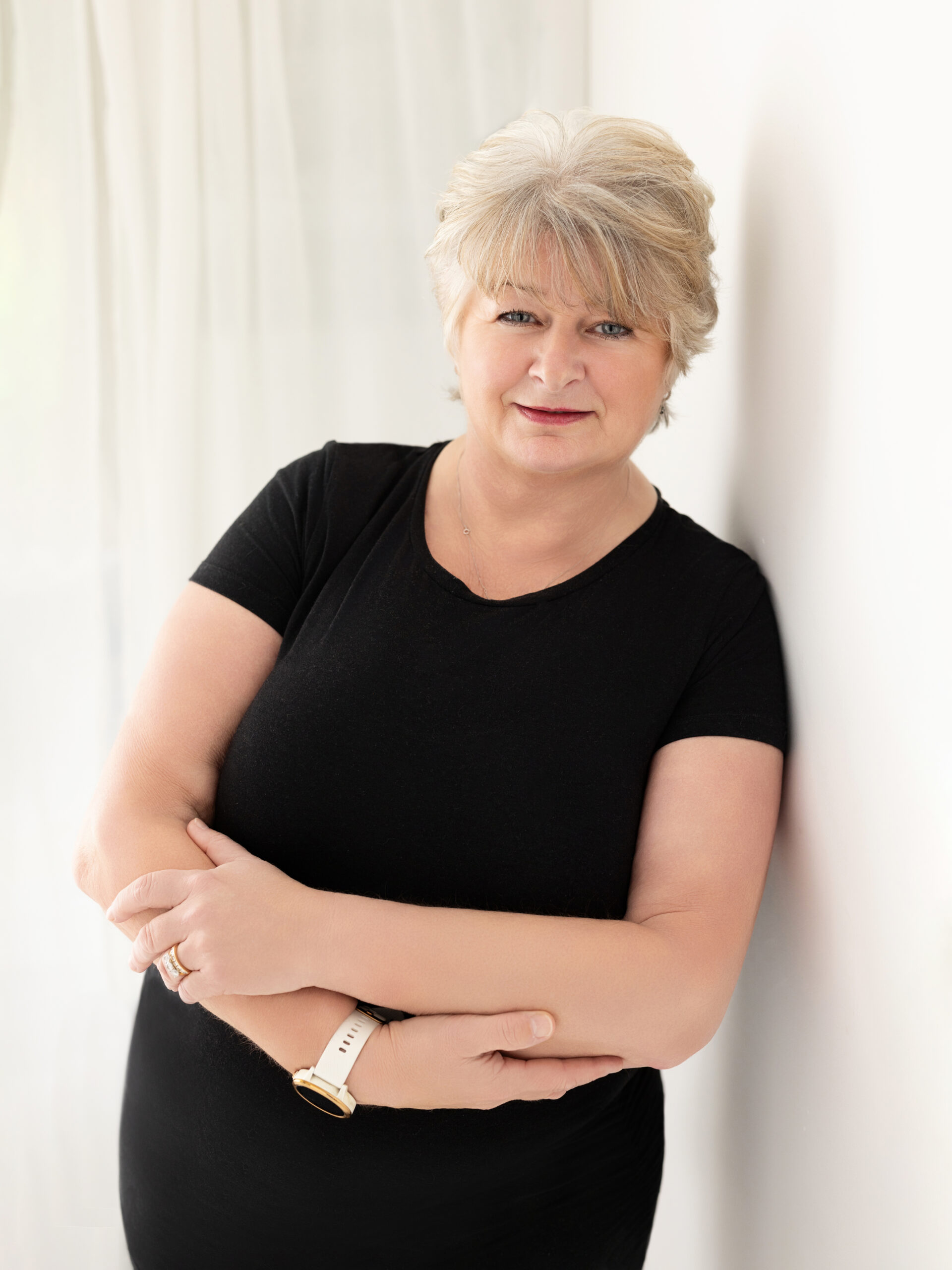
When life feels overwhelming and your body aches for a little kindness, reflexology can be a beautiful place to start. If you’ve heard the word but aren’t quite sure what it means– you’re not alone. Let’s take a walk through the basics together, and explore why reflexology is becoming such a valued part of holistic care, particularly for cancer patients and women’s health.
What is Reflexology?
At its heart, reflexology is a deeply relaxing therapy that involves applying gentle pressure to specific points on the feet, hands or face. These points known as reflexes, are believed to correspond to different parts of the body– a bit like a beautifully intricate map.
The idea is simple: by nurturing these reflexes, we support the body’s natural ability to rebalance, restore, and heal itself. Sessions are usually calming, quiet, and non invasive– many people describe it as a “reset” for both mind and body.
A Little History of Reflexology
Reflexology might feel like a modern luxury, but its roots reach far back through human history. Ancient Egyptian tomb paintings, dating around 2330 BC, show people receiving hand and foot treatments– suggesting that the idea of pressure points has been with us for thousands of years.
In traditional Chinese medicine, similar concepts of energy flow (or Qi) and pressure work have been part of healing practices for centuries. Indigenous cultures across the world also used foot and hand massage intuitively to ease discomfort and bring balance.
Modern reflexology, as we recognise it today, began to take shape in the early 20th century. An American ear, nose, and throat specialist, Dr William Fitzgerald, introduced the idea of “zone therapy”– mapping the body into ten vertical zones. He found that applying pressure to certain parts of the hands and feet could relieve pain elsewhere in the body.
In the 1930s and 40s, a physiotherapist Eunice Ingham developed and refined Fitzgerald’s work, creating detailed foot maps and helping reflexologybecome the therapy we know today. Thanks to her dedication, reflexology moved from a niche practice into respected complementary and integrative therapies found in clinics, spas, hospitals, and cancer care centres worldwide.
Today, reflexology continues to evolve, supported by growing research and a deepening understanding of its potential to aid physical, emotional and energetic wellbeing.
Who Can Benefit from Refloxogy?
Reflexology is suitable for most people and can be adapted to meet a wide range of needs. You might benefit if you are:
• Dealing with stress, anxiety, or emototional overwhelm
• Recovering from illness, surgery, or cancer treatment
• Living with chroninc conditions like fibromyalgia, arthritis or migraines
• Experiencing hormonal changes, such as during menopause or pregnancy
• Simply needing time to unwind and reconnect with yourself
Importantly, reflexology isn’t about diagnosing or curing medical conditions. Instead it works alongside conventional medicine, supporting the body’s journey towards greater wellbeing.
Is Reflexology Safe?
In general, yes. Reflexology is considered safe for most people, including those undergoing medical treatments like chemotherapy or radiotherapy (some cancer centres even offer reflexology treatments to patients). However, it’s always important to check with your medical team or GP if you have complex health needs.
Good practitioners will ask about your medical history, adapt their touch to suit your situation, and– crucially– work with your body, nover against it.
If you are receiving cancer treatment, reflexology can often be modified to be extra gentle, focusing on relaxation rather than stimulation.
Latest Research: Reflexology for Cancer Patients and Women’s Health
Reflexology is gathering a growing body of research support, especially in cancer care. A 2022 review published in the journal Complementary Therapies in Clinical Practice found that reflexology can significantly reduce cancer-related symptoms such as pain, fatigue, anxiety, and nausea. Patients often reported feeling calmer, better able to sleep, and more in control of their emotional wellbeing.
For women specifically, reflexology shows promise in easing menstrual pain, menopausal symptoms, and pregnancy related discomforts. Studies have found improvements in sleep quality, mood balance, and even hormonal regulation.
Whike more large-scale research is always welcome, the trend is clear: Reflexology offers a safe, nurturing space for the body and mind to find moments of peace during times of challenge.
Final Thoughts
In a world that pulls us in every direction, reflexology offers a rare gift– a chance to pause, breathe, and listen to what your body needs. Whether you are living with cancer, navigating the ups and downs of womanhood, or simply craving a little gentle support, reflexology could be the invitation your body has been waiting for.
If you would like to explore reflexology yourself, I warmly invite you to get in touch– I have a 25 year background in therapeutic bodywork and clinical movement, with specialist training in oncology massage and scar treatment. After my husband and step-daughter were diagnosed with cancer, I came to a bit of a crossroads and am using my skills to support people during cancer treatment and into survivorship. People often tell me that once treatment ends, they feel the support bubble is no longer there. I bridge the gap when treatment ends and recovery begins.
I am now training as an ITEC reflexologist and need to do 100 free treatment plans. Would you like to try reflexology for free? Get in touch

I had heard of reflexology but never taken the step of trying it first myself. Knowing Fiona was now adding this to her treatments gave me an incentive to try it out. I knew I would be in safe hands and she explains what she is doing and why. I found it very relaxing and uplifting and being able to ask questions along the way gave me a better understanding and more depth to the treatment. At the end of my session I felt relaxed and learned a few things about my body I didn’t know. Highly recommended.
Thank you Marilyn. Reflexology is rather nice x